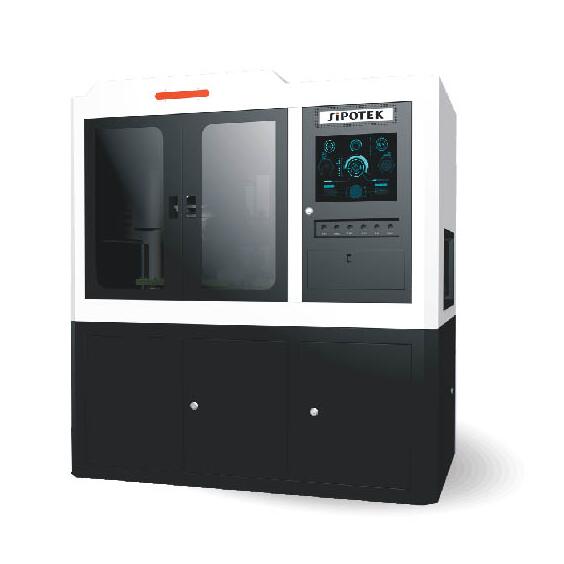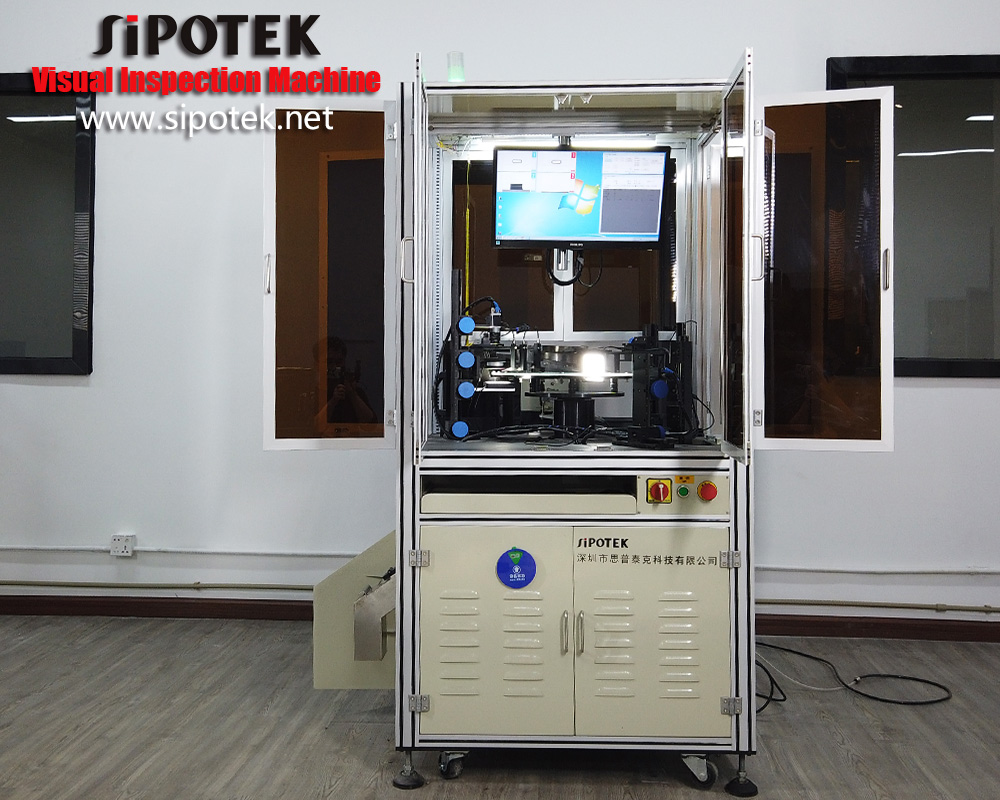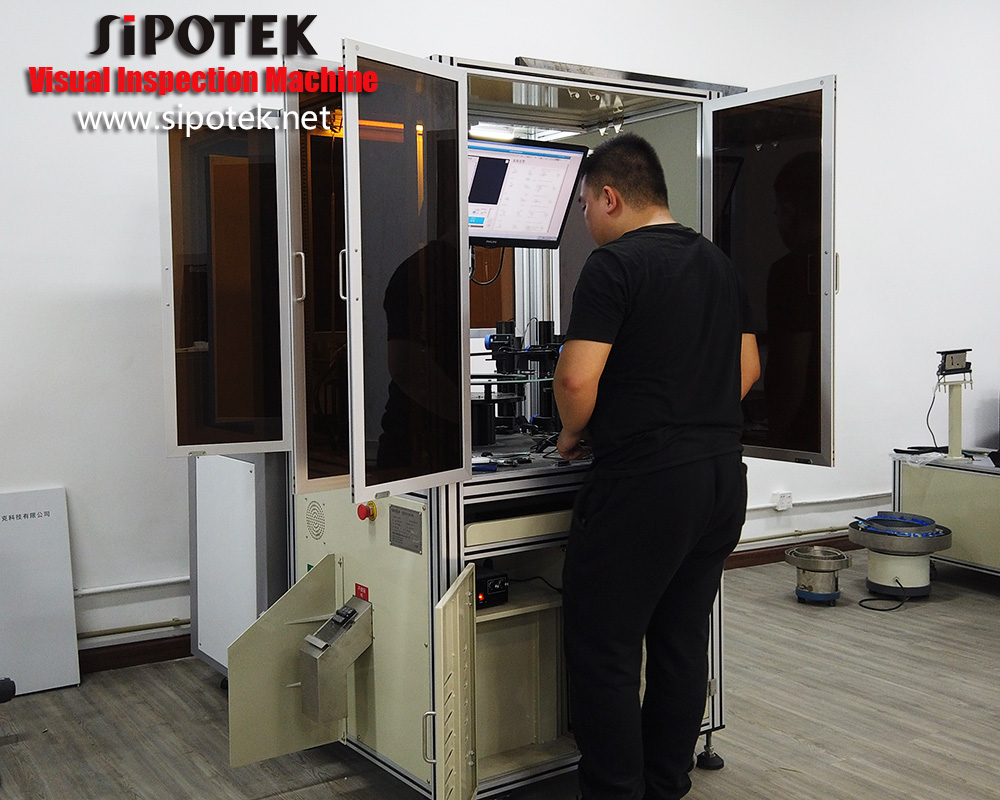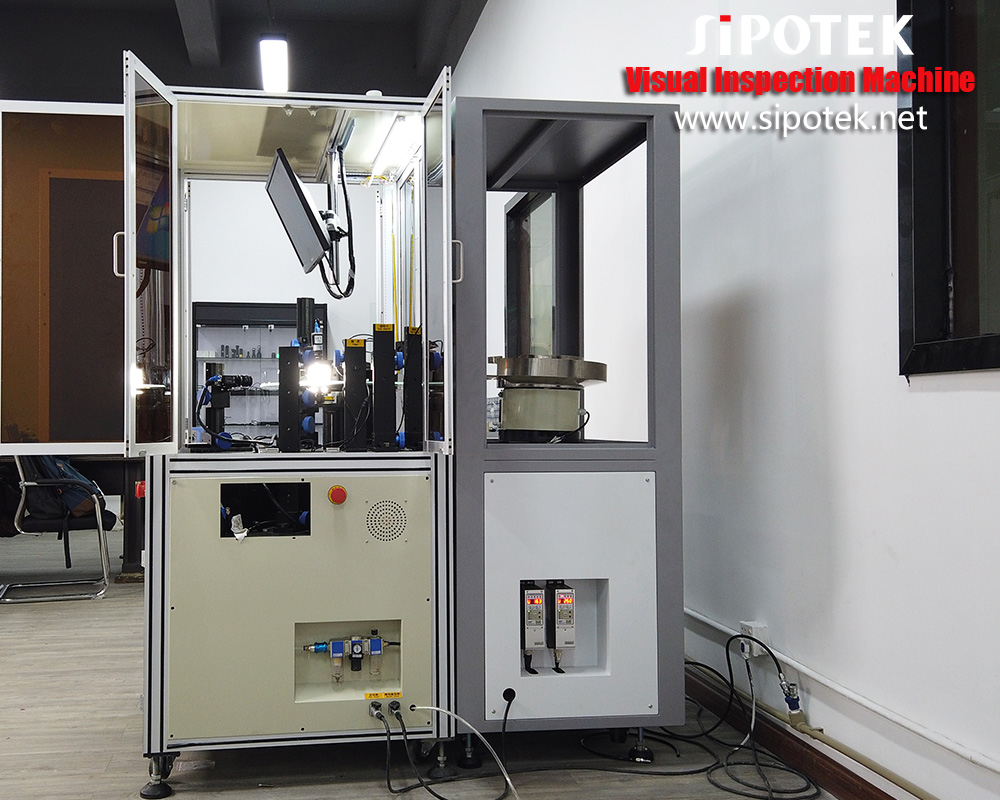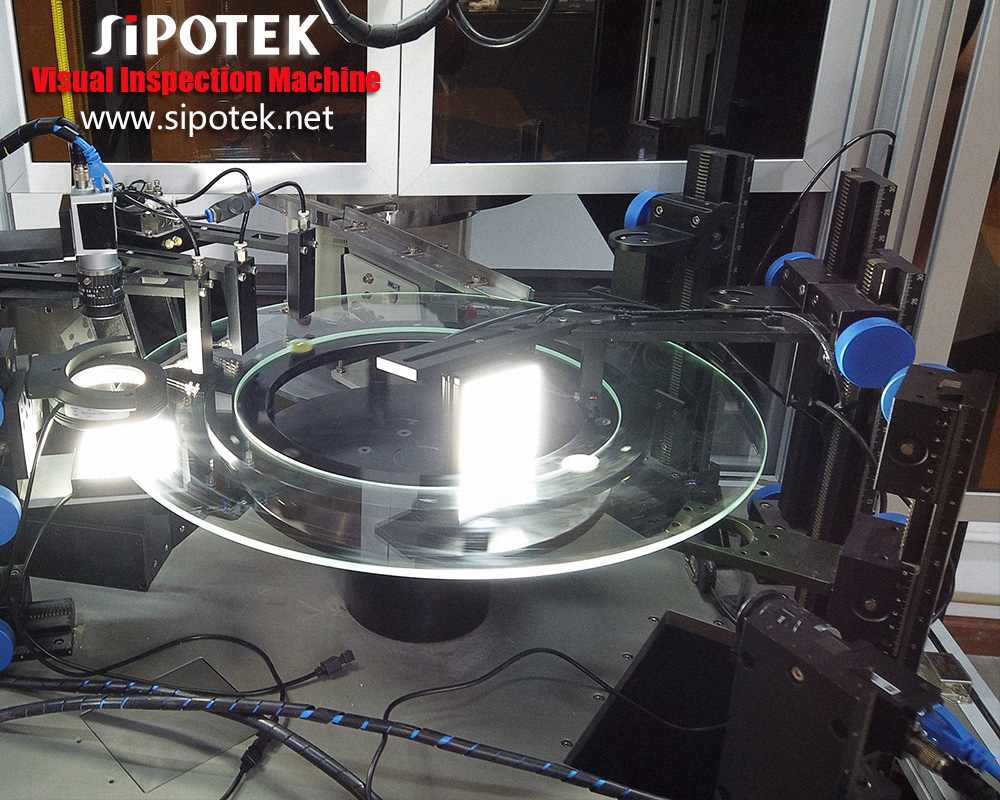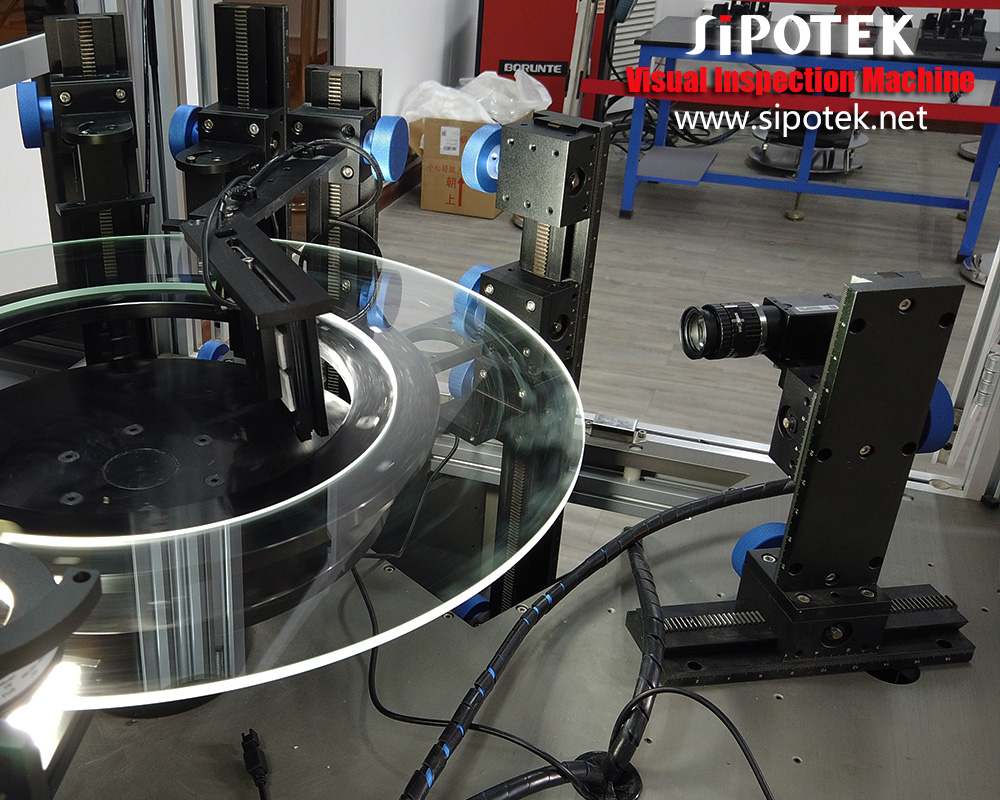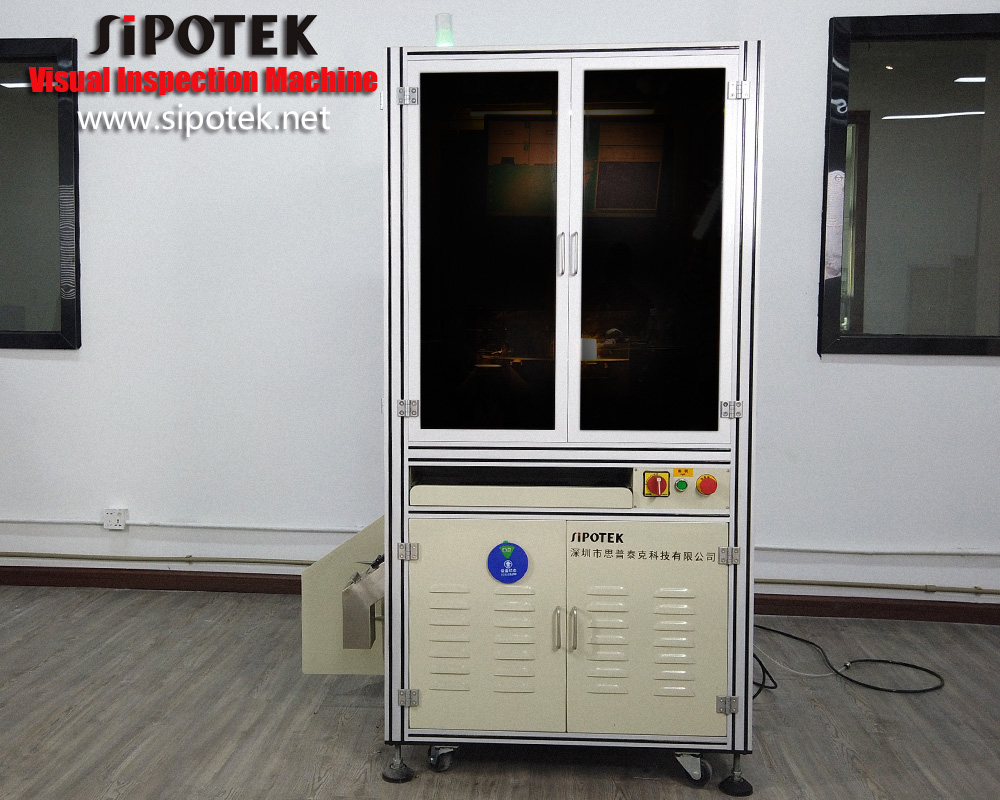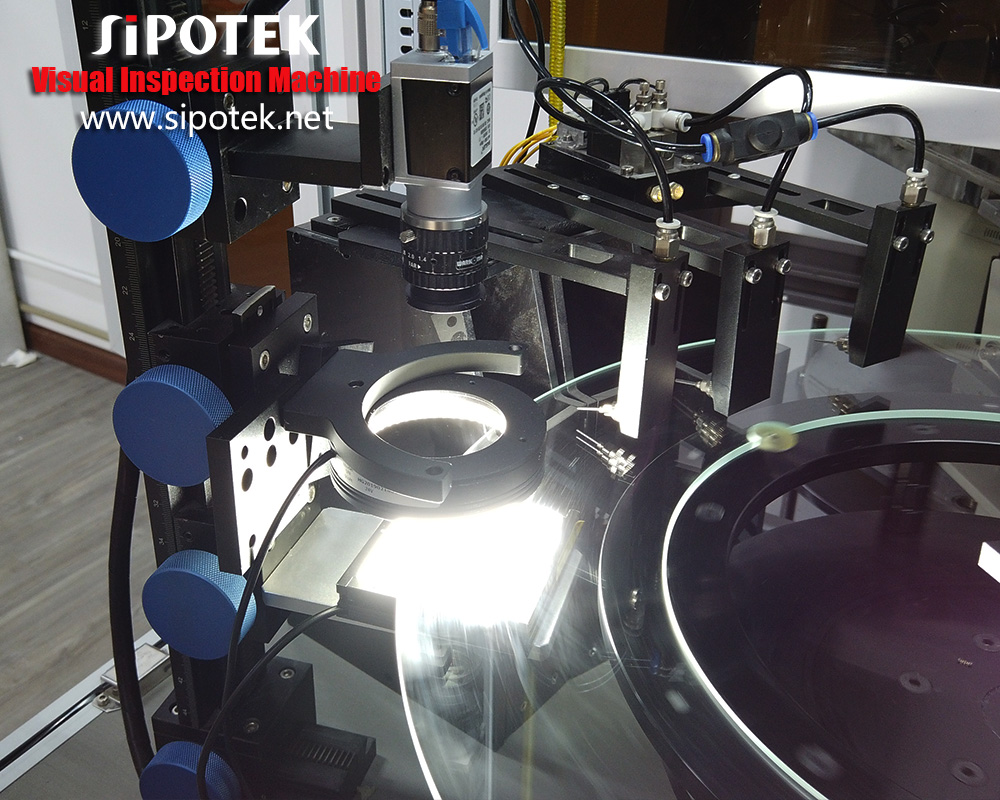When we talk about machine vision inspection and ultrasonic inspection, what ‘s the difference of them. There is an overview and comparison presented by ASM International.
Machine vision emerged as an important new technique for industrial inspection and quality control in the early 1980s. When properly applied, machine vision can provide accurate and inexpensive inspection of work pieces, thus dramatically increasing product quality. Machine vision is also used as an in-process gauging tool for controlling the process and correcting trends that could lead to the production of defective parts. The automotive and electronics industries make heavy use of machine vision for automated high volume, labor intensive and repetitive inspection operations.
This ability to acquire an image, analyze it, and then make an appropriate decision is extremely useful in inspection and quality control applications. It enables machine vision to be used for a variety of functions, including: identification of shapes, measurement of distances and ranges, gauging of sizes and dimensions, determining orientation of parts, quantifying motion, and detecting surface shading. Several examples of machine vision applications are shown in Fig. 3. These capabilities allow users to employ machine vision systems for cost-effective and reliable 100% inspection of workpieces.
Ultrasonic inspection is a nondestructive method in which beams of high frequency acoustic energy are introduced into a material to detect 18 / Inspection of Metals—Understanding the Basics surface and subsurface flaws, to measure the thickness of the material, and to measure the distance to a flaw. An ultrasonic beam travels through a material until it strikes an interface or discontinuity such as a flaw. Interfaces and flaws interrupt the beam and reflect a portion of the incident acoustic energy. The amount of energy reflected is a function of (a) the nature and orientation of the interface or flaw; and, (b) the acoustic impedance of such a reflector. Energy reflected from various interfaces and flaws can be used to define the presence and locations of flaws, the thickness of the material, and the depth of a flaw beneath a surface.
Most ultrasonic inspections are performed using a frequency between 1 and 25 MHz. Short shock bursts of ultrasonic energy are aimed into the material from the ultrasonic search unit of the ultrasonic flaw detector instrument. The electrical pulse from the flaw detector is converted into ultrasonic energy by a piezoelectric transducer element in the search unit. The beam pattern from the search unit is determined by the operating frequency and size of the transducer element. Ultrasonic energy travels through the material at a specific velocity that is dependent on the physical properties of the material and on the mode of propagation of the ultrasonic wave. The amount of energy reflected from or transmitted through an interface, other type of discontinuity, or reflector depends on the properties of the reflector. These phenomena provide the basis for establishing two of the most common measurement parameters used in ultrasonic inspection: the amplitude of the energy reflected from an interface or flaw; and, the time required (from pulse initiation) for the ultrasonic beam to reach the interface or flaw.
About us
Started in 2002, Sipotek Technology is located in Shenzhen in China. The company designs and manufactures visual inspection systems with its avant-garde R&D department and a great experience in artificial vision technologies. The Sipotek Technology staff supports customers 360 degrees, from listening to their requests to the development of smart machines for quality control.
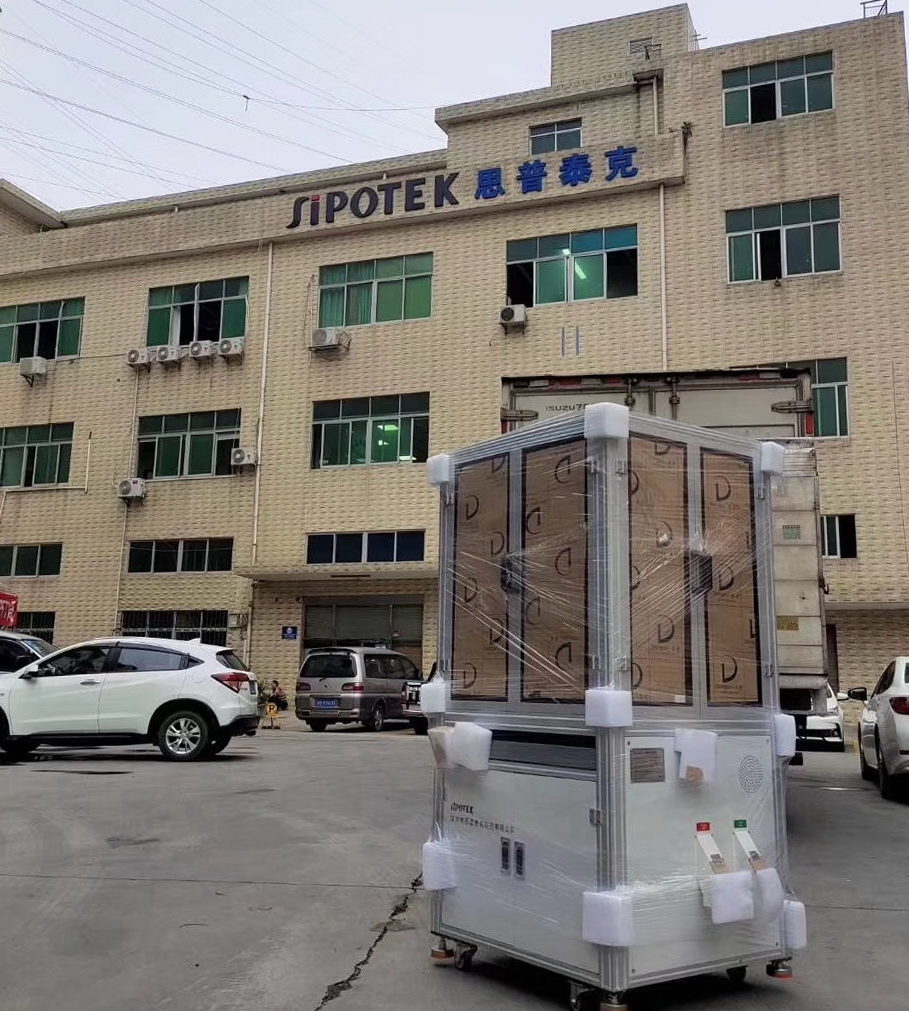

For Product Inquiries:
Contact Person: James Yuan
Company: Shenzhen Sipotek Technology Co., Ltd
Tel: 86-186-1718-2707
Email: [email protected]
Website: http://www.sipotek.net/machines/




